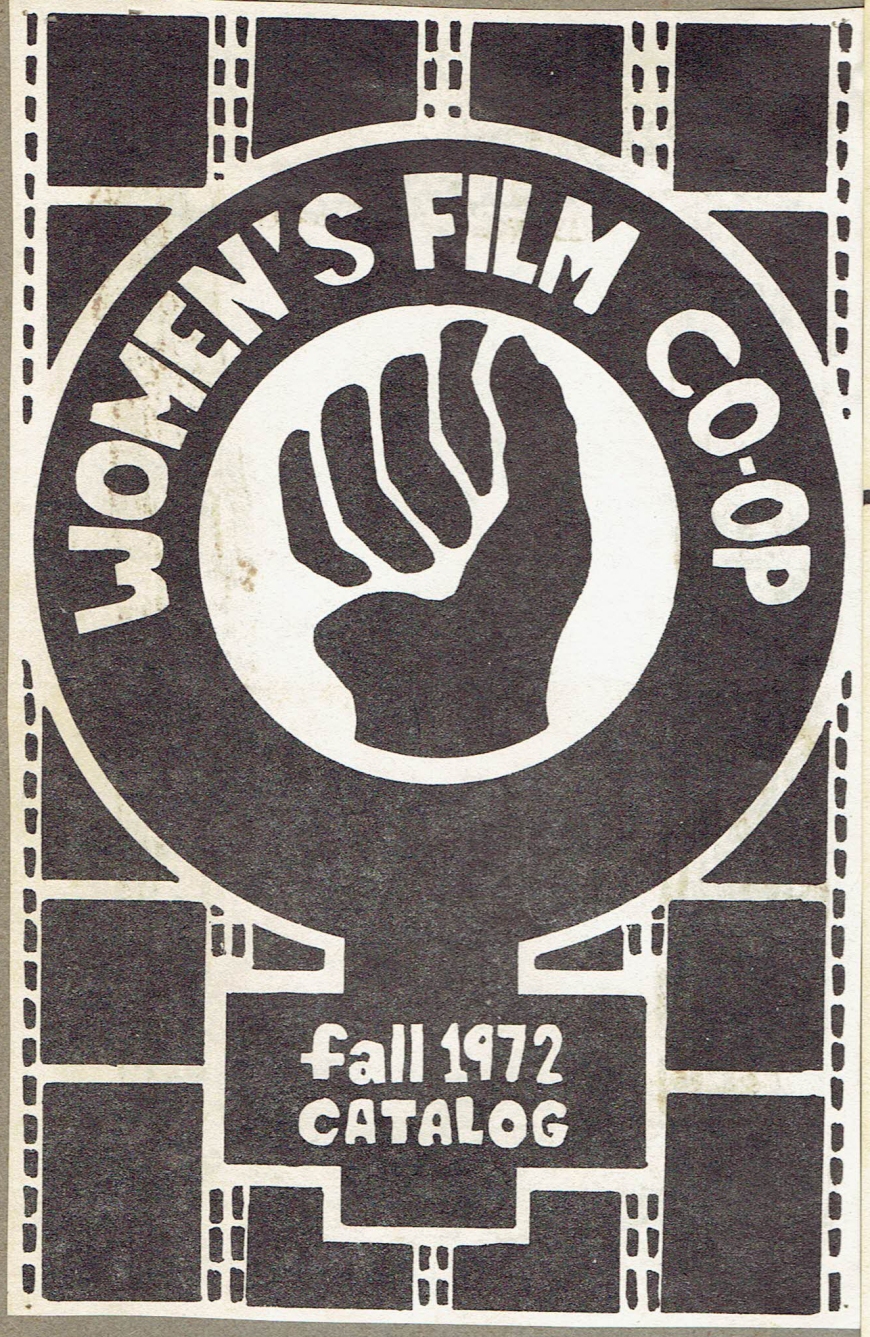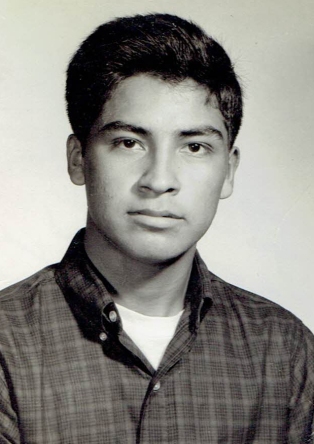By mid-decade, the social revolution begun in the early seventies had markedly changed the gay subculture in the Connecticut River Valley in Western Massachusetts. This is graphically evident in the second edition of the New England Gay Guide: 1976 published by Gay Community News.
The southernmost, heavily-populated, and industrial Hampden County retained its traditional bar/cruising/bath scenes. By 1976, mid-Valley Hampshire County rivaled Hampden for sheer number of activities, all of which were new. Even northern, sparsely-populated, rural Franklin County had become semi-publicly “out” home for a few lesbians and gays.
Bambi Gauthier tells me that the 1975 first edition of the New England Gay Guide was a mimeographed and stapled publication by Gay Community News, the regional newspaper based in Boston that started in 1973. The Guide was organized alphabetically by states and then towns within each state. Bambi photocopied the Valley listings for me. For the purpose of this post I have cut and glue-sticked them into relevant segments for a close-up view.
While gay and women’s guides are notorious for being out of date, this 1976 version presents a fairly accurate approximation of what I’m finding in documents and/or anecdotes. Whoever wrote the copy also had a sense of humor. The Guide listings demonstrate not only the growth in the gay subculture that took place in the first five years of the decade, but also illustrate discernible differences in the character of that change, among the three counties and also among towns within the same county.
As the largest Valley city, Springfield, in Hampden County, has always been the epicenter of the area’s gay bar culture. It still was in 1976, when all three of the Valley’s gay bars were in the city. The Guide’s listing includes not only these bars, but the anticipated opening and noted closing of others, among them the bombed Arch downtown and the Hideaway (also known as the Girls’ Club) in nearby Chicopee. This appears to be so culturally typical that the Guide has a listing category “Bars, defunct.” Gay women appear to be comfortable at one of the three bars and encouraged at a second. The traditional baths, restaurant, nearest VD clinic, and interstate highway cruise spot near the Longmeadow exit are also included.

What had changed by 1976 in the heavily populated Hampden County, according to GCN’s Guide, was the addition of a few new activities outside the bars. A “small local sprig” of Dignity, the national religious group for gay Catholics, had a Springfield PO Box. The group appears to have been attending mass together in Hartford at the Metropolitan Community Church. The Springfield Gay Alliance also had a PO Box, as well as a phone, and the organization was meeting weekly at the Unitarian Church in Longmeadow. Another new activity, although bar related, is a listing for Artandryl, “An all-women’s band doing 60s rock and some feminist material.”
Listings for rural Franklin County are, not surprisingly, sparse but exciting. Though they had listed an agent’s address in NYC, the all-women band Deadly Nightshade lived together in a farmhouse in Apple Valley, Ashfield. Though they had an Amherst PO box, the Hopbrook Community was just across the river. The Hopbrook Community of gay men in New Salem marked the beginning of the gay and lesbian (and radical hippie) back-to-the-land movement in the hilltowns of the Valley.

Nestled between Hampden and Franklin, Hampshire County is a mix of small cities, towns, and farmland in which the largest industry is education. In 1976, Smith, Amherst, and Mt. Holyoke were elite colleges. Hampshire College was founded in 1970 as an “experiment in education.” UMass was one of the state’s large universities. This county proved to be extremely fertile ground for the social change Movements sweeping the country, including the Women’s, Gay and Lesbian. By the time the NE Gay Guide was published, the number of activities listed in Hampshire County surpassed those in Hampden County. All were new in the seventies. Some were extensions of old bar culture in slightly different form. Others were groups and organizations consciously created as alternatives to gay bar culture.
The greatest number of Hampshire County listings are in Amherst, on the east side of the river. Along with nearby Hadley, bars are listed though they are only gay tolerant or gay-themed one night a week. UMass, home to the beginning of the Valley’s Gay Liberation Movement , had multiple student groups, a first effort to support teens, the first gay radio in the region, and feminist endeavors that welcomed lesbians.
Two business listings in town are especially notable. Amherst was one of the earliest towns in the state to pass a non-discrimination law that included gays and lesbians, long before the state legislation. I am seeking a date and confirming detail for effort, which I think was led by a gay Selectman, Tom Hutchinson.

The Guide’s listings for Northampton, across the river to the west, are a sharp contrast, highlighting a great cultural difference between it and the rest of the Valley. All of them are for women, even if only described as welcoming, such as Legal Services, which I believe was submitted by the lesbian who worked there.
About half the listings are an extension of the old bar culture: a lesbian dance night at a straight bar, and two of the all-women’s bands that played the straight and gay dance club circuits. The other half are the feminist centers of activity that included lesbians , exclusively or with other women.

The differences within the Valley demonstrated in the 1976 New England Gay Guide show how the beginning of change was rooted here, to greater or lesser degree, in varying form, and for differing populaces. Gender and sexuality were both ways in which gatherings were called together, but so was political ideology. These differences come into play over the coming decades, sometimes in very dramatic ways.
SOURCES:
__New England Gay Guide 1976. Gay Community News. Boston. 1976.
__Gay Community News (Publication) Collection · Documented ...https://historyproject.omeka.net › collections › show




 I worked as a staff person at both VWC and, later, Everywoman’s Center as an out lesbian. Through that work, I came to know lesbians who were active in all of the other community centers and some of the campus ones. It did seem to me that as new activities and groups started at the Valley Women’s Center in Northampton, an increasing number of new members becoming involved were lesbians, but in those early years it’s just anyone’s guess. Here’s how I made one.
I worked as a staff person at both VWC and, later, Everywoman’s Center as an out lesbian. Through that work, I came to know lesbians who were active in all of the other community centers and some of the campus ones. It did seem to me that as new activities and groups started at the Valley Women’s Center in Northampton, an increasing number of new members becoming involved were lesbians, but in those early years it’s just anyone’s guess. Here’s how I made one.













